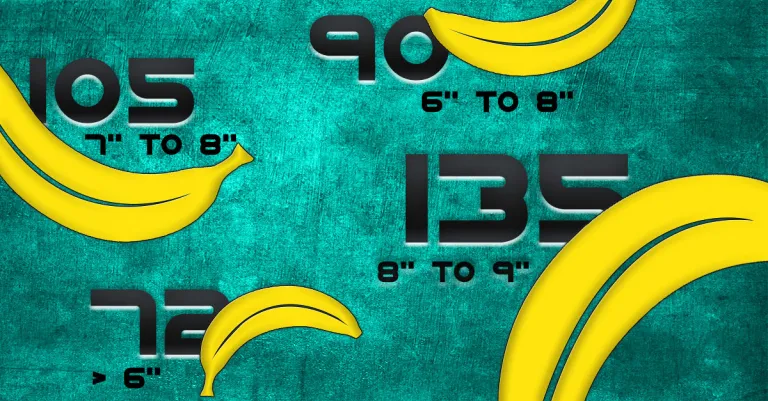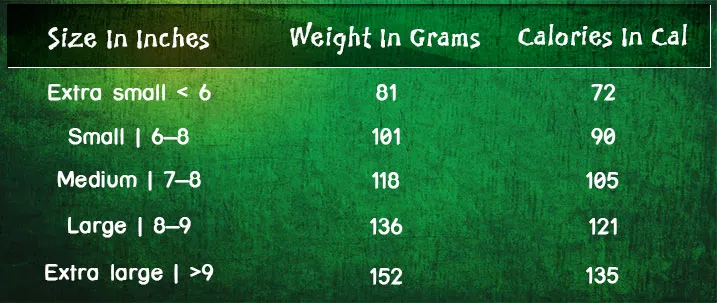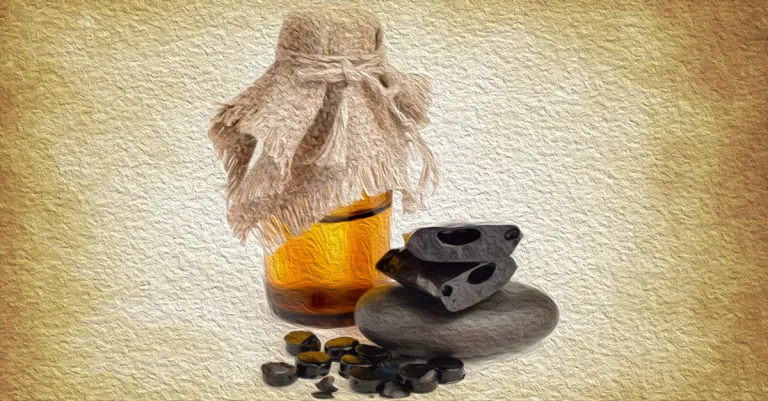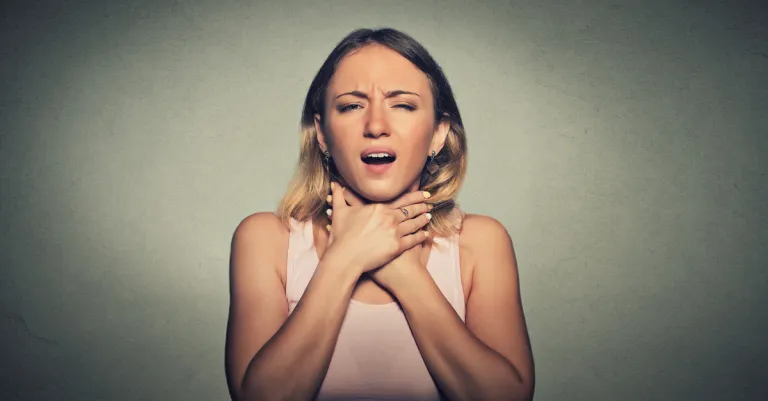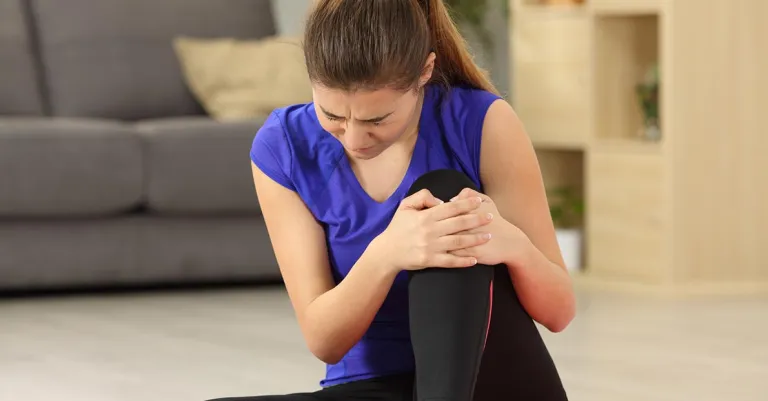When it comes to fruits, the humble banana is often a universal favorite. After all, it is tasty, filling, and cheap. It is also quite versatile, doubling as snack, dessert, or breakfast ingredient. But for all its benefits, are bananas a calorie-dense dish you should avoid, especially if you’re watching your weight?
Here’s finding out if the banana is all it’s cut out to be and if the calories in it are actually worth it!
A Banana Has 72–135 Calories, Depending On The Size
The number of calories in a banana depends on the size. There’s quite a variety out there, from the smaller Lady Finger, Orito, and Pisang Mas to apple bananas, exotic red bananas, and plantains. Here’s a chart for banana calories.1
By comparison, 1 tub (150 g) of a seemingly healthy low-fat strawberry greek yogurt contains 154 cal,2 just 42 g trail mix has 194 cal,3 and a slice of cheddar cheese has 113 cal.4
For weight watchers, one medium banana, with 105 cals, is a better option than a tub of low-fat greek yogurt.
Carbohydrates account for 93% of banana calories, fats account for 3%, and proteins account for 4%. So if you’re watching your weight, what makes eating a banana worth the calories?
Simply put, it delivers a lot of nutrition per calorie you have. It’s also filling without being sinful, containing 0.9 to 1.7 g protein, 18.5 to 34.7 g carbohydrates, just 0.27 to 0.5 g fat, and zero cholesterol.
It’s enough to give you a healthy boost of energy, making it a perfect snack or breakfast addition5 rather than a packaged snack or even a slice of cheese which will contain saturated fats.
While the carb percentage might look alarming, consider the fact that bananas contain a good amount of fiber – about 3.1 g in a medium-sized fruit.
Larger bananas may contain as much as 3.5 to 4 g fiber.6 This will keep you feeling full longer and you won’t crave another nibble too quickly.7 They also contain vitamins B6 and C. Bananas also contain magnesium and potassium, which is why they are often eaten after a sports event to replenish minerals and energy.
While bananas are healthful, banana products made with refined flour are not. Besides having a higher calorie count, they are usually high in fat and sugar and low in fiber.
1 Slice Of Banana Bread Has 196 Cal
Just 1 slice of banana bread can cost you 196 cal. It also takes the fat count up to 6 g (9% RDA), cholesterol up to 25.8 mg (8%), and sodium from a negligible amount to a whopping 181.2 mg (7%).8 It’s best to make it at home, replacing the sugar with dates and refined flour with coconut flour.
Try this recipe for banana bread bites. Or you may even replace refined flour with flaxseed and almond flour. Here’s the recipe.
100 g Banana Pudding Has 366 Cal
Banana pudding made with a regular dry mix yields 366 cal per 100 g. Half a cup (22 g) would give you 81 cal, 16 g sugar, 173 mg sodium, and only 4 mg potassium.
The calorie count can come down a little if you make it at home with less sugar and salt and cut down on the flour as well.9
100 g Banana Muffin Has 204–425 Cal
Depending on the ingredients used and the company, 100 g of store-bought banana muffins carry 204–425 cal.10 Make it at home without sugar and salt and replace the flour with ground oats.
Oats will add on to the banana fibers. You may add a handful of blueberries for a tart taste. Here’s the recipe.
100 g Banana Chips Has 350–533 Cal
Not even bananas can make deep fried chips healthy. Frying them in coconut oil might be tad better than in any other oil, but deep frying essentially adds saturated fat to it.
Most varieties of store-bought banana chips would give you 350–533 cal for every 100 g.1112 Bake the chips at home to keep them crunchy sans the fat.
Diabetics And Kidney Patients Should Limit Banana Consumption
If you’re eating a healthy balanced diet, bananas make a good addition. However, while they won’t cause major sugar spikes in healthy individuals, diabetics should go easy on the ripe bananas.
After all, each fruit can have anywhere from 10 to 18.6 g sugar, though it has a low glycemic index of 48.13
Anyone who has been told to restrict potassium intake, like those with chronic kidney disease, should also avoid eating the fruit.14 For everyone else, it seems like bananas are good news!
References
↑1 Bananas, raw . USDA National Nutrient Database for Standard Reference Release 28.
↑2 Yogurt, Greek, strawberry, low fat. USDA National Nutrient Database for Standard Reference Release 28.
↑3 Snacks, trail mix, regular. USDA National Nutrient Database for Standard Reference Release 28.
↑4 Cheese, cheddar. USDA National Nutrient Database for Standard Reference Release 28.
↑5, ↑6 Bananas, raw. USDA National Nutrient Database for Standard Reference Release 28.
↑7 Burton-Freeman, Britt. “Dietary fiber and energy regulation.” The Journal of nutrition 130, no. 2 (2000): 272S-275S.
↑8 Bread, Banana, Made from Recipe. United States Department of Agriculture.
↑9 Puddings, Banana, Dry Mix, Regular. United States Department of Agriculture.
↑10 Banana Muffins. United States Department of Agriculture.
↑11 Crunchy Banana Fruit Chips. United States Department of Agriculture.
↑12 Banana Chips. United States Department of Agriculture.
↑13 Glycemic index and glycemic load for 100+ foods. Harvard Health Publications.
↑14 Apples are Okay, but Bananas are not…Top 10 Dialysis Diet Tips. National Kidney Foundation.

